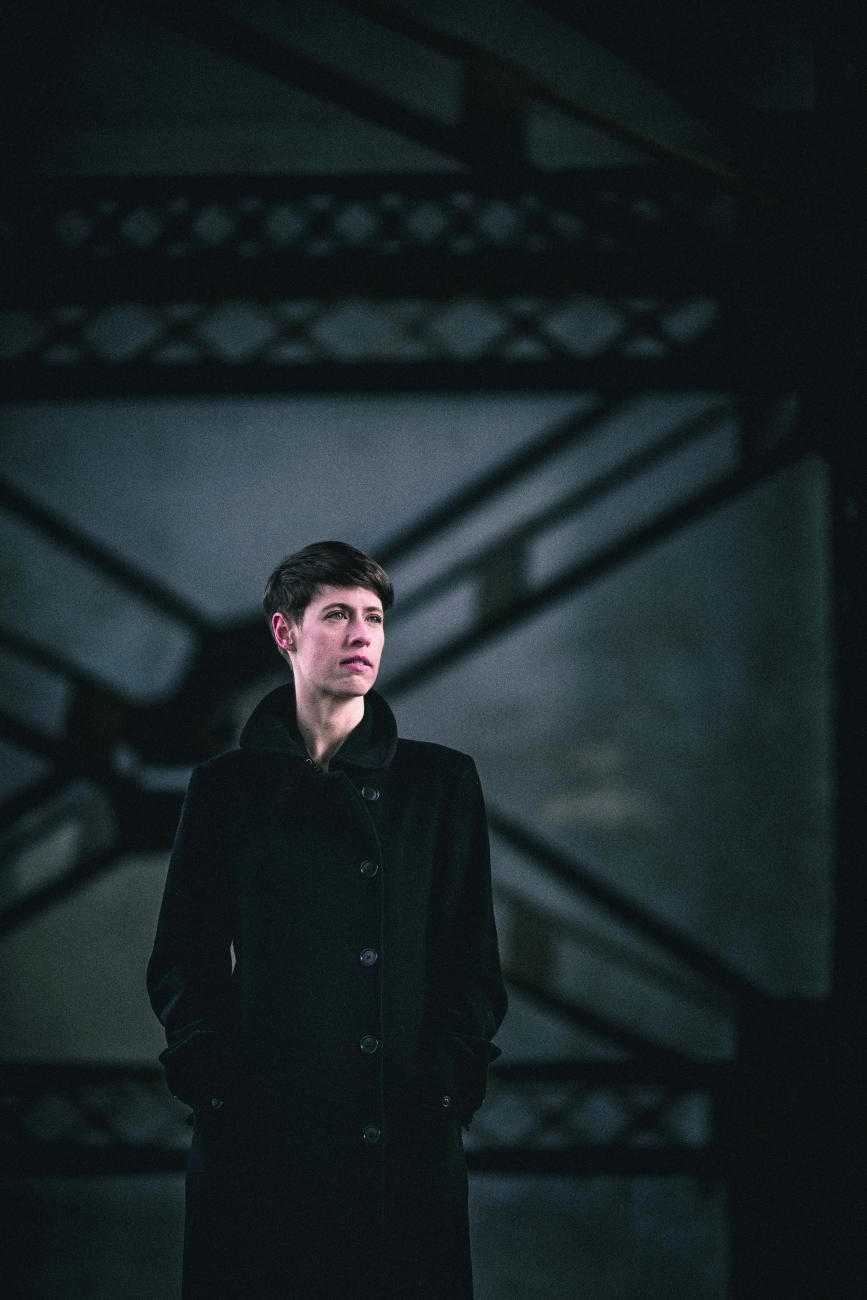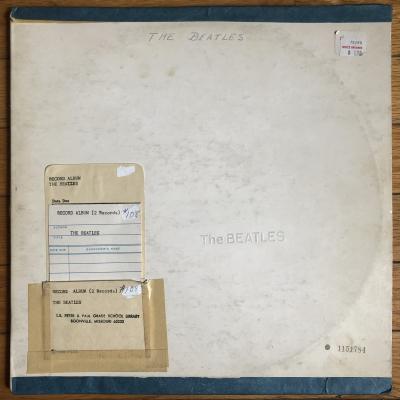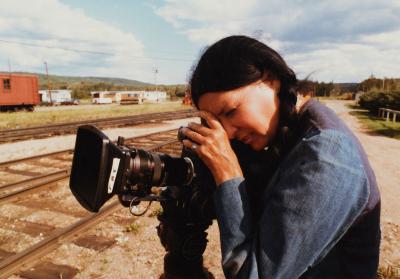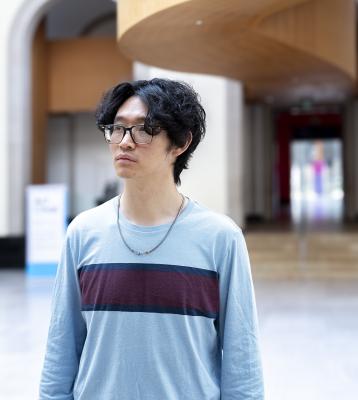Soundstreams presents The Bright Divide
How art by Mark Rothko translates into musical scores and a new concert experience

Paul Hester Courtesy of Rothko Chapel
A new concert experience in Toronto brings together the perspectives of two classical composers – one from the past and one from the present - with works inspired by Modernist painter Mark Rothko. Soundstreams presents The Bright Divide, an imaginative presentation inspired by two artistic masters from the 20th century: American artist Mark Rothko and American classical composer Morton Feldman. Both acclaimed in their respective fields, Rothko and Feldman will be celebrated alongside a new companion score by Canadian composer Cecilia Livingston with original text by Canadian author Duncan McFarlane.
Making its world premiere on November 10 at the TD Music Hall, Livingston’s commissioned piece mark responds to Rothko and Feldman’s work. She takes inspiration from Feldman’s composition Rothko Chapel, a tribute piece for Rothko which premiered in 1971 at the famed Rothko Chapel in Houston, Texas – a spiritual space containing 14 paintings by Rothko. Feldman's composition is a haunting and evocative score featuring a solo viola, an homage to The Chapel created “to illuminate our shared humanity, inspiring actions towards treating all with dignity and respect.” In response to that, mark by Livingston offers a ritual of light and darkness, exploring the bright divide and the spiritual tensions of Rothko’s work.

Cecilia Livingston. Photo by Daniel Alexander Denino
“To better understand Feldman’s response to the Rothko Chapel in his own Rothko Chapel — and so where my own response to those two artists and their works might begin — I went to Houston to see those fourteen immense, enigmatic paintings: Rothko’s permanently veiled images,” said Livingston. “Feldman’s piece captures a compelling sense of the strange stillness of that space, hanging uneasily between the canvases. With mark, I want to invite audiences to explore a different perspective: looking out from inside Rothko’s paintings, back into the chapel space and out into the world.”
Known for her powerful, dramatic creations for singers, often inspired by great works of art, Livingston contrasts soloist and ensemble, viola and voice, to evoke what Robert Hughes called the ‘breathing intensity’ of Rothko’s paintings—that sense of awe and contemplation.
To learn more, Livingston explained the inception of mark and how she takes inspiration from visual art to create her music.
Foyer: How were you inspired by Rothko and the Rothko Chapel for your work mark?
Livingston: When Soundstreams approached me about this project, my first instinct was that I should go to Houston to see those paintings. Several people had told me they found the Chapel peaceful, meditative. But as I stood in the space, I found the paintings powerful and uneasy, almost as though, like Ajax in the Nekiya, the paintings had turned their backs. The space seemed to create a deafening silence that was waiting for something, forever. And, as a composer, I found that expectant silence very, very interesting.
Foyer: What were your first impressions of Rothko’s work?
Livingston: My first encounter with Rothko’s work would have been No. 1, White and Red (1962) at the AGO, though I was too young to remember much more than the sense of spaciousness, of implied landscape and infinite sky. Later, when as an adult I visited the Seagram murals at the Tate, I recognized the uncompromising ambition of Rothko’s work and the theatre-like space created by the way he grouped his paintings and directed the viewer’s experience.
Foyer: How is your work mark different from Morton Feldman’s Rothko Chapel from 1971?
Livingston: Feldman was a friend of both Rothko of the de Menils, who commissioned both the Chapel paintings and Feldman’s piece. Feldman’s Rothko Chapel uses viola, percussion, celeste and a choir, but the singers do not sing words—a natural choice in response to abstract expressionism. To create contrast for an audience and to open a different sense of drama, narrative, and character, I decided early on that my piece, mark, would use text. So, while I use the same ensemble of musicians as Feldman, I do so in quite different ways, with reference to different musical styles, and a very different sense of theatre.
Foyer: In what ways do you get inspired by visual art to create your music?
Livingston: In each of my pieces about visual art, the artwork itself suggested to me a powerful atmosphere, and that’s where I began. I’m fascinated by adaptation, so I’m immediately curious about what tools in my own discipline might adapt that atmosphere into sound. Once a work of visual art is before me, I’m responding particularly each time: I created very different pieces in response to Anselm Kiefer’s Velimir Chlebnikov series, to Burri’s sacchi and cretti, to the Unicorn Tapestries, and now to Rothko’s chapel paintings. That’s the challenge and the opportunity that keeps me coming back to the visual art world.
Foyer: How do you want the audience to take in the music and visual art projections at the same time in The Bright Divide?
Livingston: Tim Albery, director of The Bright Divide, is an incredibly thoughtful artist with a huge range of experience in theatre, and he draws together sound and image in ways that are surprising and thought-provoking, creating unexpected jumping-off points for an audience’s imagination.

The Bright Divide. Courtesy of Soundstreams
From Soundstreams, The Bright Divide concert runs on November 10 at 7:30 p.m. and November 11 at 2 p.m. and 7:30 p.m., at the new TD Music Hall. For more information, visit the Soundstreams website. The Bright Divide is presented in partnership with Pinkhouse Productions.
The AGO will be presenting the works of its Modern Art collection, which includes Mark Rothko, in the upcoming exhibition Moments in Modernism in April 2024.









































